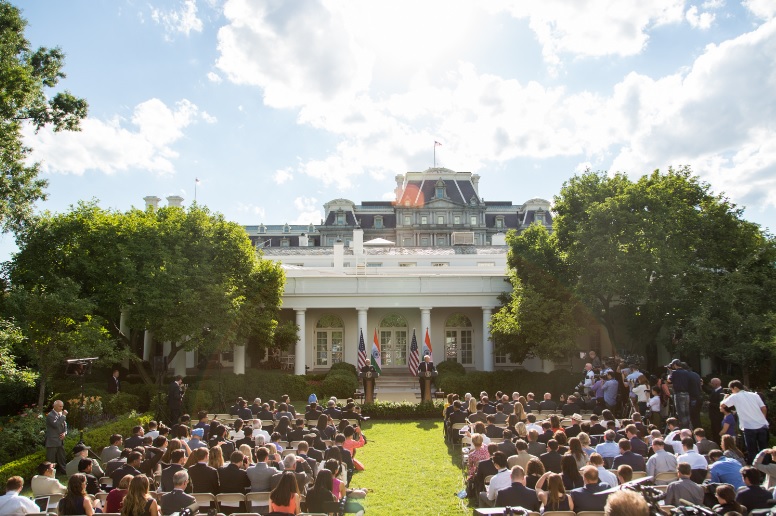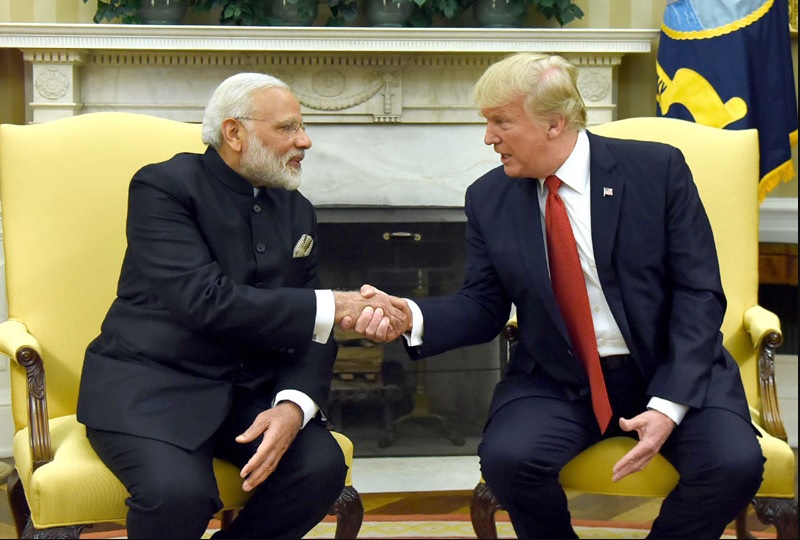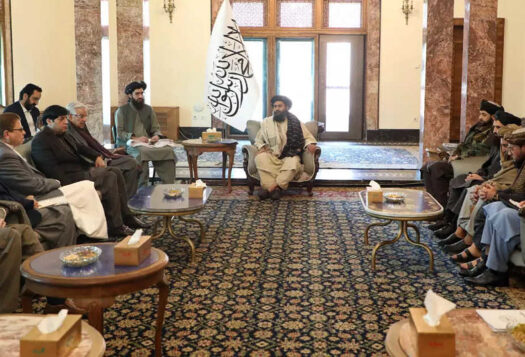
Leaderships across the world are adapting to the ways of an American President unlike any in recent memory. President Donald Trump has forced both friendly and adversarial countries to re-examine long-held assumptions about U.S. foreign policy. Trump has dismantled many of his predecessor’s commitments – for instance, backing out of the Paris Climate Accord and the Trans-Pacific Partnership (TTP), putting the U.S. military in the driver’s seat in Afghanistan, and significantly reducing the number of political appointees in foreign diplomatic posts at the U.S. Department of State. Despite bipartisan support in Washington for close India-U.S. relations, the uncertainty surrounding the U.S. President’s intentions has raised some unease in the Indian strategic community. However, Prime Minister Narendra Modi’s recent visit to the United States and his first meeting with President Trump reaffirmed that the India-U.S. strategic understanding is still strong. The partnership may not be in any danger as long as both sides prioritize strategic congruence in the Indo-Pacific, ensure transparent and consistent communication on areas of common concern, and focus on strengthening mutually beneficial elements of the relationship, particularly defense cooperation.
Fears of U.S. Strategic Retrenchment
There have been concerns that Trump’s “America First” policy would imply a wholesale U.S. strategic retrenchment. However, it is not clear if this rhetoric has a clear foreign policy import or if it is directed at a domestic audience eager to hear its leader prioritising national over international commitments. What is more certain is that New Delhi is facing a Washington led by a President who is most interested in what America stands to directly and immediately gain from its foreign policy. In this sense, the terms of engagement between India and the United States must undergo some changes. As an Indian strategic analyst commented, India “must develop a more flexible, and yes, transactional approach, to its international relations.”
India must learn to deal with a U.S. president whose tolerance for international commitments seems to be fickle, if not minimal. President Trump tends to emphasize that the United States has been overcharged for its leadership role while most other countries are, in his eyes, free riders of an international system fed by the United States. Such a view was quite evident in his speech after walking out of the Paris Climate Accord, or while chiding NATO allies for failing to meet their financial commitments. On the contrary, in his op-ed for the Wall Street Journal, Modi wrote that “a new layer” in India’s engagement with the United States is their “partnership for global good.” How this partnership will play in global terms is something that the leaders will need to flesh out in the times to come.
Areas of Convergence and Next Steps
So, how to nurture and strengthen the Indo-U.S. strategic partnership? The logical step is for both leaders to concentrate on augmenting strategic congruence in the Indo-Pacific. The geopolitical rationale of counteracting the rise of an aggressive China brought the two countries together. That same strategic challenge is very much alive, and this necessitates convergent strategic thinking in Washington and New Delhi and patience in navigating the occasional hiccups of the bilateral relationship. Does the Trump approach to foreign policy portend problems in this domain? Perhaps, but this may be where the most important work lies.


The joint statement delivered by the two leaders during Modi’s visit generically reiterated “the importance of respecting freedom of navigation, overflight, and commerce throughout” the Indo-Pacific region. This was far more ambiguous than the 2015 “U.S.-India Joint Strategic Vision for the Asia-Pacific and Indian Ocean Region” between Prime Minister Modi and U.S. President Obama, which specifically referred to the importance of such practices in the South China Sea. On the one hand, reports have emerged that the Trump administration is looking to revive the New Silk Road initiative, connecting South and Central Asia, and the Indo-Pacific Economic Corridor, linking South and Southeast Asia. On the other hand, China’s diplomacy is working overtime to win countries over with its Belt and Road Initiative, which India has overtly rejected. In this context, Washington and New Delhi must share their respective strategies and communicate strategic concerns transparently, rather than making generic references to the need to respect “sovereignty and territorial integrity.”
The burgeoning defense cooperation between India and the United States, reflected in the number of interoperability mil-to-mil exercises and flourishing defense trade, is another promising area of confluence. India and the United States need to strike the right balance between India’s need for advanced technology and America’s need for a market. Progress towards the opening of an F-16 plant in India as a collaboration between Lockheed Martin and Tata Advanced Systems and the authorization of the sale of unarmed maritime surveillance drones to India portend a continued sense of purpose in this area. While mutually beneficial transactions in the defense sector are encouraging, they must be guided by an overarching strategic convergence. Any deficit in such a vision would deprive defense cooperation of its ability to counter bureaucratic hurdles on both sides.
Conclusion
India and the United States have come a long way, setting aside “hesitations of history” and building a strategic partnership to maintain peace and stability in the Indo-Pacific. It would be a strategic folly for both countries to squander such an understanding. Political rhetoric such as the “America First” policy comes across as self-centric and inward-looking, dislocating pre-held assumptions about U.S. global leadership. As such, through personal and institutional interactions, New Delhi must impress upon Washington that “America First” and “Make America Great Again” is not synonymous with abandoning global partnerships. As Prime Minister Modi asserted, “I am very clear about the fact that India’s interests lie in a strong, and prosperous, and successful America. In the same way, India’s development and its growing role at the international level are in the USA’s interest.”
*****
Editor’s Note: Click here to read this article in Hindi
Image 1: White House Office of the Press Secretary, U.S. Government


